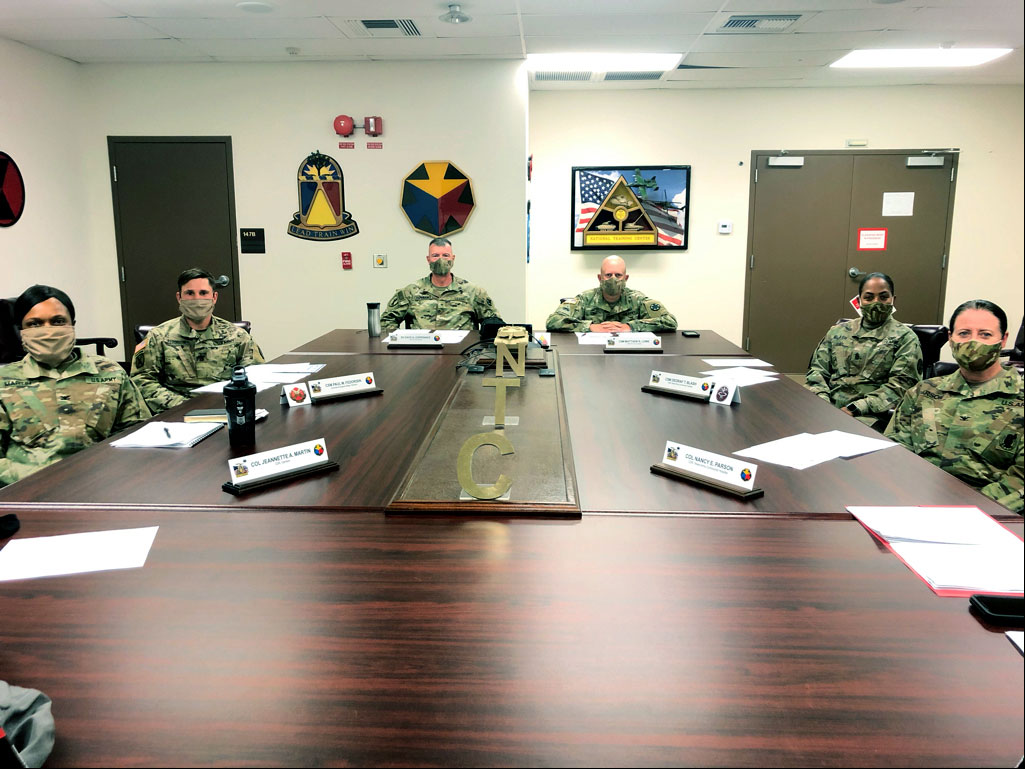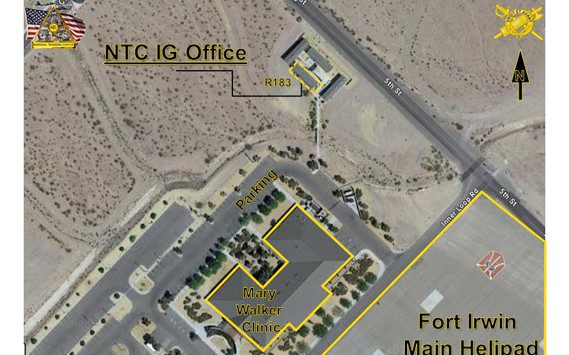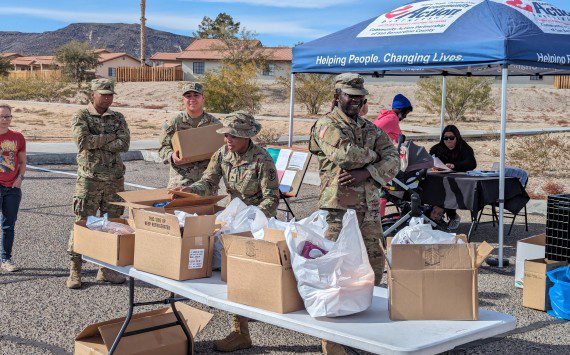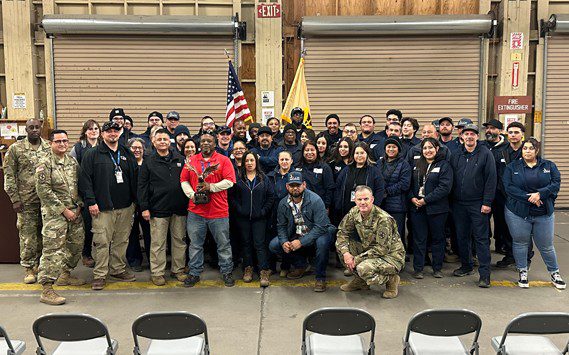FORT IRWIN, Calif. — Beginning in June, Army leaders called for serious conversations to start across military installations, involving race and diversity. During an Association of the United States Army (AUSA) webinar on June 17, Army Undersecretary James McPherson and Vice Chief of Staff Gen. Joseph Martin said talking about race may be challenging but it is important and encouraged squad-level talks.
Martin said he’s done this with his own staff, having a conversation that resulted in tears and frank discussion.
“I got to know my people better,” he said. “I got to know what they’ve experienced in their lives and I got to see something way behind the uniform that I would not have seen had I not had the conversation in the first place.”
The conversations came as protests erupted across the world, following the murder of George Floyd, a black man who died at the hands of a white police officer in Minneapolis, Minnesota — the latest in a series of similar events over the years.
During a June 11 Facebook Live Update, the National Training Center’s Commanding General, Brig. Gen. David Lesperance, joined several of those military leaders who have addressed racial diversity and inclusion. He said discussing the current events may make some uncomfortable but that it’s time to start having those uncomfortable conversations and creating safe spaces within units.
“We must be attuned to the legitimate grievances and concerns of our Soldiers, Army Civilians, and Family members,” he said in a June 23 statement. “We need to treat each other as equals through mutual respect and dignity. We must live by the golden rule—treat others as we would like to be treated.”
During the Facebook Live event, Lesperance pointed out that his command team appeared diverse—the incoming Medical/hospital commander and hospital command sergeant major, along with the Garrison commander are all three female; the Medical/hospital command sergeant major and Garrison Commander are also both African American women.
“We are having very tough conversations across the Army about are we as good as we think we are, and our diversity programs and our acceptance,” Lesperance said. “I look forward to the conversation we are going to have at Fort Irwin.”
Lesperance said that will include a thorough review of internal policies and programs for any unintentional biases.
He said the installation will look at better ways of using existing feedback mechanisms, such as Command Climate Surveys, Staff Assistance Visits and Focus Groups to better understand perceptions of the workforce regarding race, color, national origin, religion, sex (including gender identity), sexual orientation, age, disability or genetic information.
Lastly, he asked leaders to implement more interactive and discussion-based diversity and inclusion training into their Equal Opportunity/Equal Employment Opportunity program.
The Army began the conversations on race relations and equality on June 3 through a letter from the Chief of Staff, James McConville, Secretary of the Army, Ryan McCarthy and Sergeant Major of the Army, Michael Grinston asking Army leaders of all ranks not to wait for Soldiers to come to them, but instead to approach their units, ask uncomfortable questions and listen to them.
That was followed by a twenty-second video tweet from Grinston on June 4, a two-minute video from McConville on June 5, a memo from FORSCOM Commanding General, Michael Garrett on June 5, a two-minute video and written message from Gen. Mark Milley on June 9 and 11.
Right now, only seven percent of Army officers are Black and Army leaders want to increase minority representation in the top ranks.
“This is something you can not fix in one action,” Martin said of underrepresentation of minorities in the higher ranks. “It takes a series of actions over time.”
Due to the recent racial tension, the topic of renaming Army installations has re-emerged and in June, the Secretary of Defense and Secretary of the Army said they were open to bipartisan discussion. There are 10 installations named after Confederate military commanders.
As the Army takes steps in a progressive direction, the branch of service has also formally recognized the true ending of slavery, Juneteenth, for the first time that many have ever seen in their careers. The commemoration came with honest videos and photos from soldiers.
Retired Gen. Carter Ham, AUSA president and CEO, said the June 17 AUSA webinar is the first of several, similar events the association will host on diversity issues.
In a message from the Secretary of the Defense on June 26, Mark Esper said he’s launching three new initiatives aimed at improving diversity and inclusion across the force and driving a cultural shift to create a lasting change in the DoD.
#1: Esper directed civilian and uniformed leadership in the Pentagon to submit ideas by the end of June that the Army can begin implementing right now. Ideas include removing photos from selection boards.
#2: Esper stood up an internal Department of Defense Board on Diversity and Inclusion, which will report back to him by the end of the year to address how the Army can increase racial diversity and ensure equal opportunity across all ranks.
#3: Esper began the process of standing up a Defense Advisory Committee on Diversity and Inclusion in the Armed Services that will be a permanent structure, comprised of an independent and diverse group of Americans committed to building upon the work of the Defense Board.












